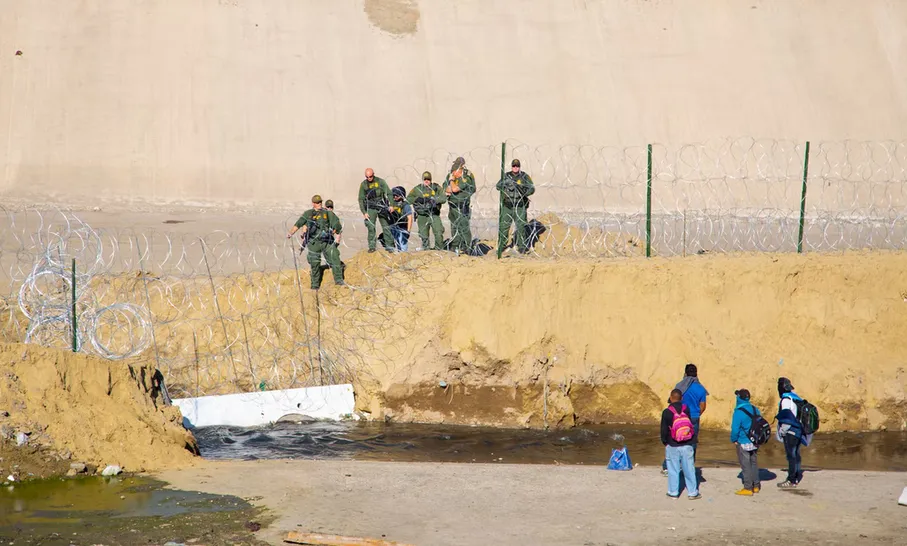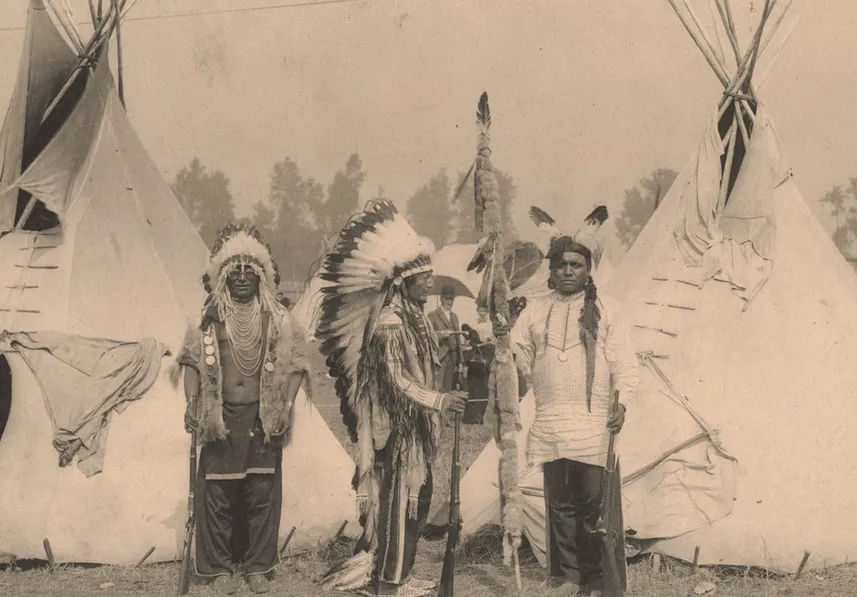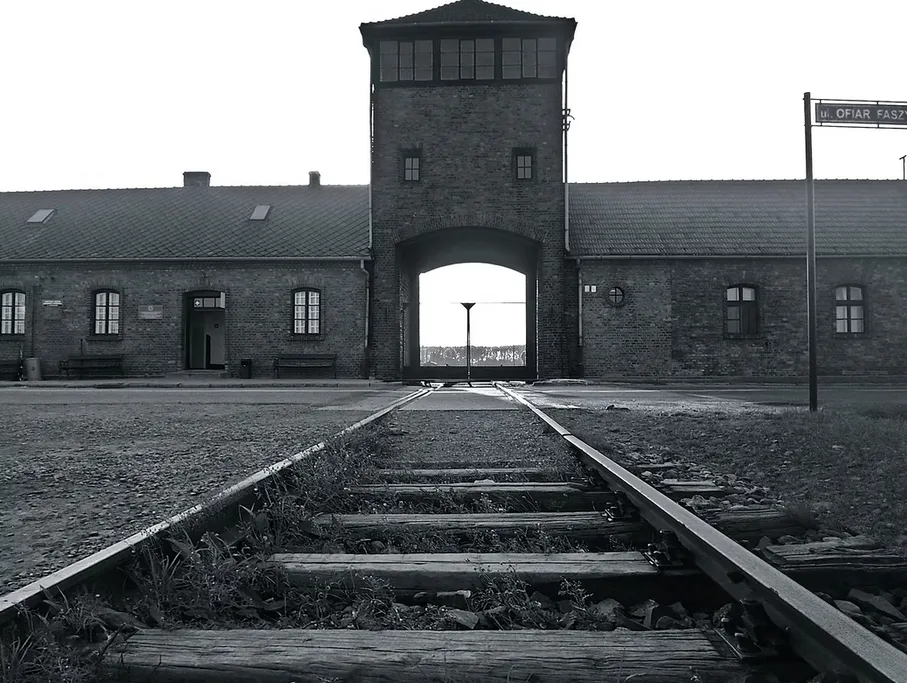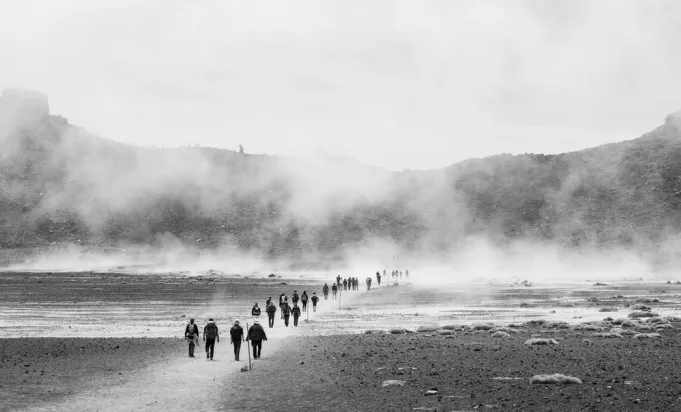I got the inspiration for this post from when I was writing the ‘Famous Love Stories From Literature’ for my Valentine blog. A particular story, “Evangeline,” (described below) prompted further study of migrations, many (most?) of which might be called “forced relocations”.
But I also note that not all migrations were forced by superior powers, some were the result of environmental and/or economic conditions. I don’t pretend this to be an exhaustive study of such events from time beginning nor worldwide; in fact many took place on American soil.

Early History: The Old Testament’s account of Israel’s Captivity in Egypt and Babylonia
The stories of Israel’s times of captivity should be considered from a Biblical perspective and seen through that lens. These are histories of a chosen people who rebelled and were brought back to God’s covenant.
These are only mentioned here as being representative of the seemingly-eternal existence of migrations, including ‘forced relocations’ of enslaved persons. For further study of the Israelite nation read your Bible!
1526: African Slaves
In recent times no study of this subject could pretend to be serious if not started with the “forced relocation” of 12.5 million Africans, born free but forced into 600 years of slavery.
Beginning late in the 15th Century, Portugal had gained mastery of the seas and reached into Africa and beyond, and reportedly began the acquisition of natives who were put into slavery. It is thought that Christopher Columbus brought such persons with him to America, although it is not known if they were actually slaves.
It is reported that between 1525 and 1866 12,500,000 African natives were taken, intended for slavery; but almost 2,000,000 did not survive the horrid conditions shipboard. These statistics were discussed in a recent episode of Henry Louis Gates Jr.’s “The Root”.
Surprisingly, at least to this writer of the 10.7 million who survived the “middle passage”, only about 338,000 were brought directly to North America. Brazil and the Caribbean islands were by far the greater importers of slaves.
There are a range of other sources too that discuss this area further. Also see Michael Guasco’s “Slaves and Englishmen: Human Bondage in the Early Modern Atlantic World”; and David Eltis’s “The Rise of African Slavery in the Americas”. These sources raise questions concerning the “woke” liberals dating slavery in America from the 1619 Jamestown slave ship disembarkation.
1755: Le Grande Derangement
Le Grande Derangement may be better known by its English translation – the “Great Upheaval”, or “Deportation”. While this event took place in French-speaking Canada, it is also known across the English-speaking world.
French Acadiens (“Acadians” in English) were forcibly removed from Acadie (Acadia) in Nova Scotia for their refusal to swear allegiance to the English king. Most were sent to Louisiana, ca 1755. The Henry Wadsworth Longfellow epic poem “Evangeline” relates the story. (The word “Acadian” has been so slurred in speech to become what we call today “Cajun”).
In Nova Scotia, Evangeline was betrothed to Gabriel at the time of the deportation. Evangeline and Gabriel were put on separate ships whose journeys debarked at different locales.
Evangeline (who landed in Louisiana) set out to find Gabriel, and they were reunited decades later: she was working as a nurse with Sisters of Mercy in Philadelphia and found Gabriel in the hospital, dying. He died in her arms.
1830: Trial of Tears
Under the “Indian Removal Act” of 1830, 60,000 Native Americans of the “Five Civilized Tribes” were forcibly removed from the Southeastern US, principally Florida, and resettled on reservations in Oklahoma.
The five tribes include the Cherokee, Chickasaw, Choctaw, Creek and Seminoles. They were described as “civilized” because of their early adoption of many of the white man’s ways.

1864: The Long Walk
Principally Navajo, but also Mescalero Apache Indians were forcibly removed by the US Army from the Mesa Verde area in Northeast Arizona and Northwest New Mexico to the Bosque Redondo reservation near Fort Sumner, along the Pecos River in eastern New Mexico.
Of the 10,000 Indians force-marched 300+ miles, over 200 died of starvation and exposure along the way. Another 2400 died at the reservation from pneumonia, dysentery and small pox.
Under a new treaty in June 1868 the remaining members of the tribes were allowed to return to a greatly-reduced portion of their homelands, and began the long trek home.
1877: The Nez Perce Indian Tribe
The Nez Perce traditional homelands were in the Wallowa Valley of Idaho and Oregon. As is the usual history of US Indian policy, USA made and broke treaties in 1855 and 1863 respectively.
In 1877, President Ulysses S. Grant opened the valley to white settlement, and the Nez Perce were given 30 days in which to move to the Lapwai Reservation.
The tribe tried to remove themselves to Canada and in a succession of shrewd military actions outmaneuvered ten pursuing units of the US Army until the outnumbered tribe, sick, starving and tired, finally surrendered after a 1,700 mile, 108 day fighting retreat.
On October 8, 1877 Chief Joseph made his noble speech, “from where the sun now stands, I will fight no more forever”. This quote has become well-known in the contemporary age.
1938-1945: The Holocaust
The Krystallnacht (Night of the Broken Glass) in 1938 is commonly viewed as the start of the Holocaust. Over a two-day period, approximately 200 synagogues were destroyed, over 8,000 Jewish shops were ransacked and looted, and tens of thousands of Jews were removed to concentration camps. Thus began the implementation of Hitler’s “final solution” – his genocidal intent to utterly and completely annihilate the Jewish race.
The Holocaust is unarguably one of the most destructive and murderous events in the history of civilization. The single most stupefying event during the Holocaust was Operation Reinhard (1942-1943), the largest single murder campaign of the Holocaust – during which some 1.7 million Jews from German-occupied Poland were murdered by the Nazis.
One study identifies this extreme phase of hyper-intense killing when over 25% of the Jews killed in all six years of World War II were murdered by the Nazis in an intense 100-day surge.
Does history repeat itself? Despite the horror witnessed by the entire world, over the last 70 years genocides and mass killing events have continued to occur and they are not diminishing in frequency: consider Bosnia, Rwanda, Darfur, Burundi, Syria, Myanmar.

1938-1939: Sudetenland
Around the time of the Krystallnacht and the early days of the Holocaust, another event involving the German population took place, although this time – some Germans were victims.
Between 1938 and 1939, the expulsion of Germans from the Sudetenland, Czechoslovakia took place. Following World War I, Sudetenland was taken from Germany and given to Czechoslovakia. The infamous Munich Pact of 1938 resulted in Hitler’s demands of the annexation of Sudetenland being met.
1930s: Dust Bowl Days
What came to be called the “dust bowl” covered 100 square miles across the states of Colorado, Kansas, Nebraska, New Mexico, Oklahoma and Texas. Meteorologists have called it the #1 weather event of the 20th Century.
Factors: The period exacerbated the coming economic collapse. A new immigration law in 1929 resulted in one of every two immigrants returning back to Mexico.
- 1930: The first really bad rolling dust storm was driven by 60 mph winds, following months of worsening droughts.
- 1932: Fourteen bad storms occurred this year; the Weather Bureau began calling them “dust storms”.
- 1932: One of every four workers were jobless.
- 1933: Thirty-nine dust storms. 90% of the chickens in one Texas panhandle county died from the effects of dust in the atmosphere.
- 1934: On May 11, a massive dust storm two miles high traveled 2000 miles to the East Coast, blotting out monuments such as the Statue of Liberty and the U.S. Capitol. In the dust bowl locale, there were 40 days of temperatures over 100 degrees, with the highest being 118 degrees.
- 1935: The worst dust storm occurred on April 14, 1935. News reports dubbed this date “Black Sunday”. A wall of blowing sand and dust started in the Oklahoma panhandle and spread eastward. It is estimated that as much as three million tons of topsoil were blown off the Great Plains on this one day. (It has been estimated 850,000,000 tons of topsoil blew away over the southern and great plains by 1939 when regular rainfall returned to the region.
But what did this have to do with “Migrations”? Following the Civil War a series of federal land acts coaxed pioneers westward by incentivizing farming in the Great Plains.
The Homestead Act of 1862 provided settlers with 160 acres of public land; followed by the Kinkaid Act of 1904 and the Enlarged Homestead Act of 1909. These acts led to a massive influx of new and inexperienced farmers across the Great Plains.
Regrettably this migration to the Plains took another turn following the “Dust Bowl Days”. With the topsoil blown away and in drought conditions, the farmers’ livelihood was irreparably lost.
In the second half of the 1930’s decade, roughly 2.5 million people left the Dust Bowl states – Oklahoma, Kansas, Nebraska, Colorado, New Mexico and Texas. This became one of the largest migrations in American history.
1941: Japanese Americans on the West Coast
The West Coast of the US, particularly California, has long experienced significant populations of Oriental immigrants; many became naturalized citizens.
After Japanese forces attacked US-held Pearl Harbor in Hawaii on December 7, 1941; Americans gave in to fears that the Japanese residents in California might well include some whose loyalty remained in the Land of the Rising Sun.
Under Franklin D. Roosevelt’s Executive Order 9066, starting in February 1942, some 120,000 people of Japanese ancestry, most of whom lived on the Pacific Coast were forcibly relocated and incarcerated in concentration camps in the interior of western states. Approximately two-thirds of the internees were United States citizens. Internment continued to November 1945.
The Takeaway
Is it not strange that a nation which has produced such men as George Washington, Patrick Henry, Paul Revere, Teddy Roosevelt, Lewis and Clark, John Chisum and Neil Armstrong among others, can also be so fearful? This abject fear of the Japanese-American people in 1942, and the fear of Fauci in 2021, diminishes the stature of the American nation and her people!
My editor opines that the two fears, fear of possible foreign agents and fear of Fauci, present a non sequitur. My intent in stating the two together is to point out the irrationality of fear in the American psyche.
My “fear of Fauci” is an euphemism for fear of vaccines, which seems irrational when one remembers that Small pox and polio were virtually wiped out by vaccinations, and noting that all fifty states presently require certain vaccinations for public school attendance.
By Lee Weaver
You can read more of Lee’s work at: https://www.tumbleweeds-weaver.com/















































